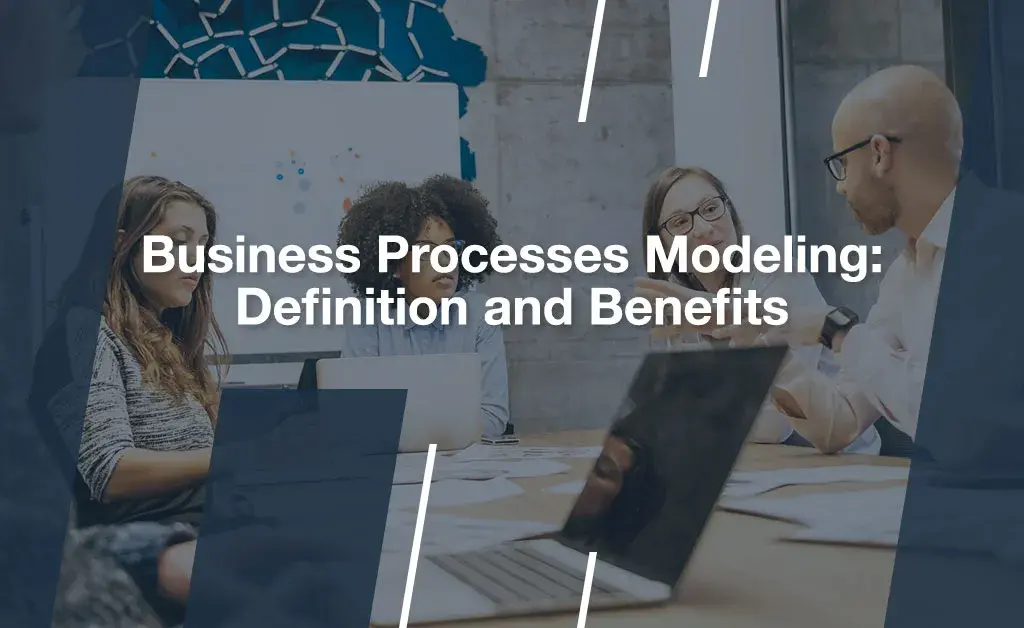Business Process Modeling is a concept that has been around for a while. Nevertheless, its value in increasing business productivity and efficiency is as crucial as ever. The Business Process Modeling techniques make use of graphical and analytical tools aimed at providing a clear view and understanding of the business processes and facilitating the ultimate goal of improving the performance and efficiency of operational or administrative activities in the provision of a product or service. How can we translate this into real business applications? Let us briefly discuss the benefits of Business Process Modeling applicable to every organization.
The Benefits of Business Processes Modeling
First: Process Improvement:
The main goal of serving customers is to ensure their satisfaction with the services or products offered by the organization to foster customer loyalty. In order to achieve this, a company builds many internal processes that are interconnected, creating a web of service exchanges between departments. Depending on the size of the operation, this web can become complex and soon the details within it are lost in the day to day operation. This is where the risk of failure in meeting customer expectations grows. Applying Business Process Modeling provides teams with an opportunity to collect and display information on the “as is” situation and share ideas on root causes and improvement ideas aimed at taking the necessary steps to address a service issue or risk. Whether it series of process and value maps and their interconnections in a friendly and easy to understand format or a software tool that simulates your operational workstations and the utilization of your resources capacities, modeling your process is a key step in improving customer service.
Second: Better Equipped Teams:
Business Process Modeling also serves as the ideal training material for your staff, providing an important benefit to the organization. Teams that understand the processed they influence. They will have access to processes that have been thoroughly analyzed and simulated to make it as clear as possible to avoid defects. Upon a customer inquiry or an operational condition, the team member knows exactly the questions to ask, how to document the situation, how to classify it for further action or reporting purposes, and how to provide assistance to you customer or refer it to a different department without any guesswork and minimizing the risk of losing business.
Third: Adequate Team Sizes:
Having sub optimal and poorly understood business processes drives over or under-utilized teams. This is why performing a thorough capacity analysis after modeling the processes is a critical step. The use of well-defined process standards and an accurate model of the operation, with its constraints and assumptions will give you the ability to have right number of resources needed to bring the level of service to optimal at the right cost.
Fourth: Common Language:
Let us assume that the situation reported by the customer requires the intervention of different areas within the organization. One of the main advantages of the Business Process Modeling techniques is that it ensures connectivity, general understanding of expectations, and common language between all related processes of the organization. This provides the foundation for enhanced communication between departments fostering a higher level of collaboration, an error free service environment, and injecting speed and agility to your response. In top of this, your organization will notice yet one additional benefit, an increase in process control and consistency throughout the organization.
If you want to use Business Process Modeling to achieve any or all of these benefits, contact us, we can help you. Call us to discuss your particular needs and schedule a FREE of charge process assessment.




